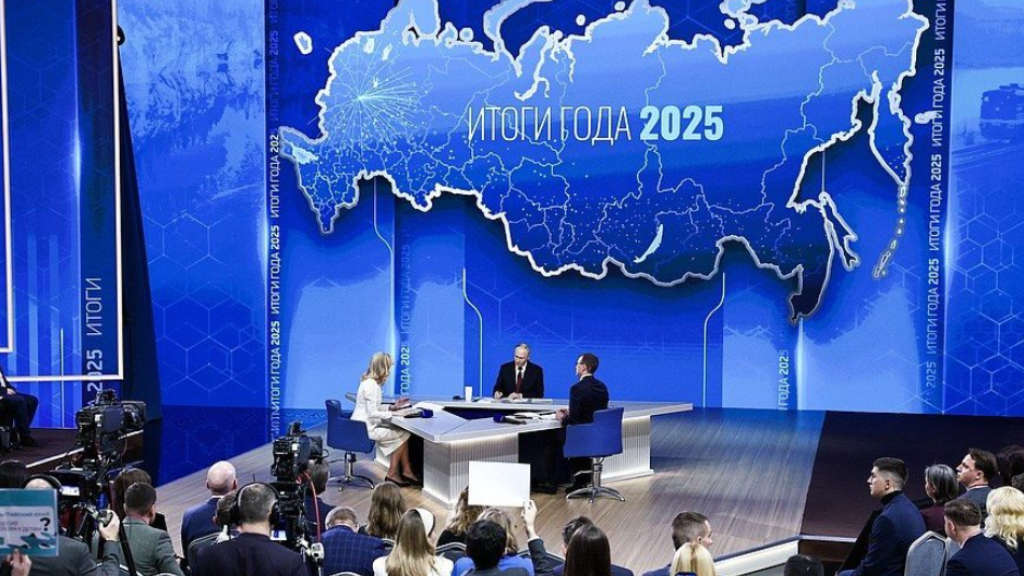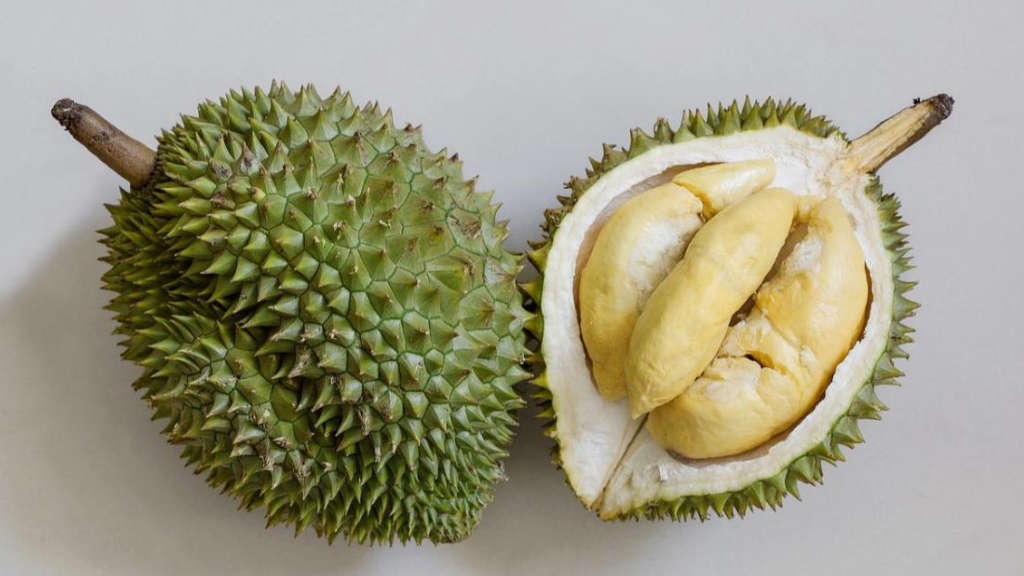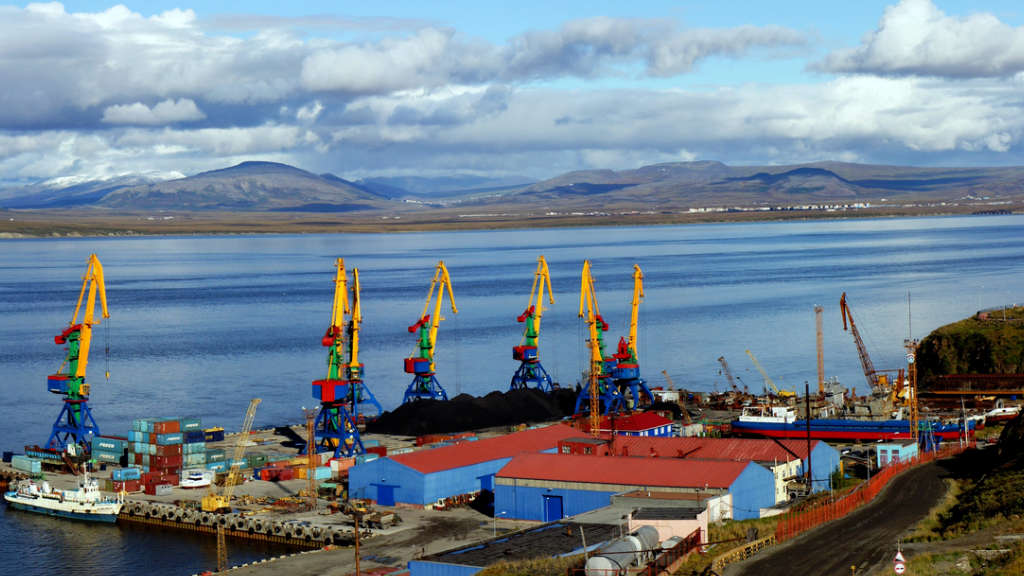A new cryptocurrency token designed to allow cross-border payments to avoid western financial sanctions on Russia has moved some US$9.3billion on a dedicated crypto exchange in just four months since it was launched, according to the Financial Times.
Described as the first stablecoin pegged to the Russian ruble, the A7A5 token was officially launched in Kyrgyzstan in February and aims to facilitate large-scale financial flows into and out of Russia, which have been severely complicated by western restrictions.
Crypto wallets linked to Grinex, a crypto exchange also founded in Kyrgyzstan and trading only in A7A5, rubles, and a dollar-pegged stablecoin, shows a total of US$9.3 billion worth of A7A5 being moved to and from wallets linked to it.
The stablecoin says it is backed by ruble deposits in Moscow’s Promsvyazbank, a small, state owned yet Western sanctioned bank. The coin’s growth is impressive: it now has 12 billion tokens in circulation, equivalent to US$156 million, however is used intensively by a relatively small group of users, whose daily transfers routinely amount to several times that volume.
A7A5’s creation comes amid increased scrutiny of Russia-linked transactions for sanctions compliance and the exclusion of numerous Russian banks from the global SWIFT financial messaging network.
A7A5’s director Leonid Shumakov was quoted in the FT as saying that Kyrgyzstan was chosen because “It is friendly jurisdiction that is not so subject to sanctions. It is no secret that this jurisdiction is currently helping a lot to cope with the pressure Russia is under.” Shumakov said A7A5’s goal was to give “people the opportunity to use it as a bridge for a safe transition” to USDT, adding that many current A7A5 holders were likely to be Russian importers.
Russian users can buy A7A5 tokens on the Tron or Ethereum blockchains and then use them to purchase Tether’s USDT, a US-dollar pegged stablecoin. From there, the user can withdraw the value in whichever country or currency they need.
According to the company, rubles are deposited in Promsvyazbank and used to purchase A7A5 — protecting the client in Russia from the volatility of traditional cryptocurrencies. The company states that the existence of those fiat reserves is verified by an independent Kyrgyz auditor.
A7A5’s Emergence & Sanctions
The development of A7A5 and Grinex has emerged from the wreckage of an earlier US sanctioned move, in which Garantex, then Russia’s largest crypto exchange, was taken down by US law enforcement in March this year. Tether co-operated and froze US$23 million worth of USDT held in Garantex wallets. Garantex described Tether’s move as a declaration of “war against the Russian crypto market”. It rushed to invite customers to come for face-to-face meetings in its Moscow office to discuss recovering frozen assets.
For Russian officials, Tether’s decision underscored the need to create a homegrown stablecoin. Osman Kabaloev, a Russian finance ministry deputy, has stated that “Recent developments lead us to think that we need to look at creating Russian domestic instruments such as USDT.”
Garantex was a major conduit for cash. The exchange had handled over US$60 billion worth of transactions since April 2022 and was used by Russian elites and import-export businesses. In the weeks preceding the crackdown, however, a large amount of funds held in USDT on Garantex were moved into A7A5. Some US$29 million worth of A7A5 tokens were then shifted onto the new Grinex exchange.
Grinex has stated that it obtained a portion of the non-sanctioned customer base of the Garantex exchange, “Committing only to users with a transparent history. Amid increasingly frequent blockages by Tether, Russian-speaking customers need a reliable alternative to USDT. Grinex complies with international sanctions regimes and does not conduct transactions with jurisdictions or individuals subject to restrictions.”
A7A5 said it was “created as a response to the crypto community’s growing interest in stablecoins denominated in currencies other than the US dollar. We see this as a real market opportunity. The token was distributed through licensed brokers listed on the official website. Listings on individual trading floors took place on their own initiative or on the brokers’ initiative”
They added that A7 was creating a larger, differentiated and “sufficiently invulnerable” new payments system. It would involve exchanging securities and “non-politicised” instruments like precious metals in order to avoid sanctions. “Crypto would be just one track.”
However, the structure is already coming under pressure, as A7 was added to the UK’s sanctions list in May, while the Keremet Bank in Kyrgyzstan, according to the US Office of Foreign Assets Control, has also been sanctioned, but is appealing against that decision.
Aside from the trade usage angle, the situation does highlight the growing limits to Western sanctions. For regional banks in Eurasia, disconnection from SWIFT and sanctions may not stop trade as new interbank messaging systems are now in place to bypass the global network. The West’s actions also appear to be less about placing restrictions on Russia’s military and financial income, but more about targeting small traders and their import and export businesses – the vast majority of which trade unsanctioned products.
It also illustrates that in disconnecting countries from SWIFT, the global payments network is now living on borrowed time, with crypto beginning to replace it. It also demonstrates that global oversight is lacking in crypto regulation, with no global, un-politicised regulator to prevent mis-use.
For example, from A7A5 use for Russian importers and exporters we can also point to Donald Trump’s pending “Truth Social” Bitcoin. The NYSE has just issued regulations that will allow that to be listed.
The reality is that cross-border finance is going to get very messy until a ‘new world order’ capable of dealing with such challenges emerges. At present – no-one really is up to the job.
Further Reading
Russian Use Of Crypto – USDT (Tether) versus Non-USD Alternatives





